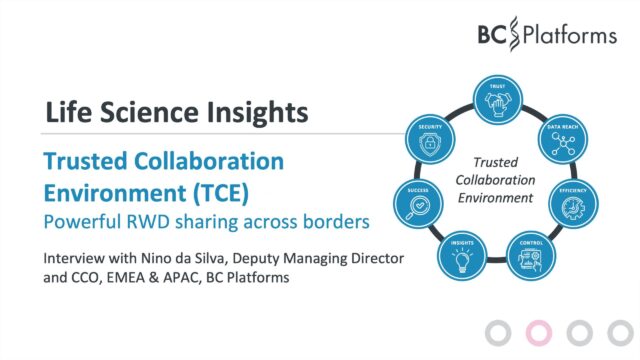This is an ASCO Meeting Abstract from the 2025 ASCO Annual Meeting, published in the Journal of Clinical Oncology, Volume 43, Number 16_suppl.: https://doi.org/10.1200/JCO.2025.43.16_suppl.e23320
Authors: Anushini Muthutantri and Alexander Ide
Background
Patient cohorts using clinically rich Real-World Data (RWD) extracted from medical records have been used to generate RWE. These patient cohorts are static, containing only data until the time of data extraction; typically, a one-off process for a given study. Creating multiple patient cohorts is time consuming and expensive. In Oncology, there are multiple product launches, label expansions and evolving treatment guidelines. There is interest to generate clinically rich insight on how diagnosis and treatment patterns are evolving over time, and its impact on clinical outcomes across and within countries. Dynamic longitudinal patient cohorts address this need by creating an initial cohort, refreshed at regular intervals with incremental treatment information for existing patients, and adding in new patients. Recent high adoption of EMR systems in hospitals has made this viable. SDE technology is also key in enabling multiple sites globally to contribute patient data in a secure manner into a single platform, and providing controlled access to authorized researchers to conduct analysis. A proof-of-concept project testing the viability of this novel SDE approach to create a dynamic longitudinal non-small cell lung cancer cohort sourced from EMR, from multiple sites across three countries is presented.
Methods
An initial feasibility phase is conducted to understand data availability across sites, and develop the data model design, based on in-house clinical expertise, published literature, and experience with EMR recording practices. For timely multiple data refreshes, most key data elements must be structured. Protocol development, data model finalization and study site confirmation follow the feasibility. Data are then transferred from each selected site using SDE technology and consolidated into a central SDE, in which harmonization and quality checks are applied. Once complete, secure data access is provided to researchers via a web-based portal.
Results
An SDE driven approach facilitates consistent collection and collation of EMR data across geographies to create large, dynamic clinically rich cohorts, used to generate RWE. The data can be delivered much faster and refreshed regularly compared to manual approaches. SDE technology also facilitates adherence to the Five Safes model for privacy, and compliance with local, regional, and national data governance regulations, and ethics frameworks.
Conclusions
SDE technology and adoption of EMR enables the creation of dynamic patient cohorts providing a credible and cost-effective solution compared to static cohorts, and can address ongoing research needs. RWE generated from these dynamic patient cohorts can play an important role in improving clinical understanding and facilitating meaningful engagements across the healthcare industry.


